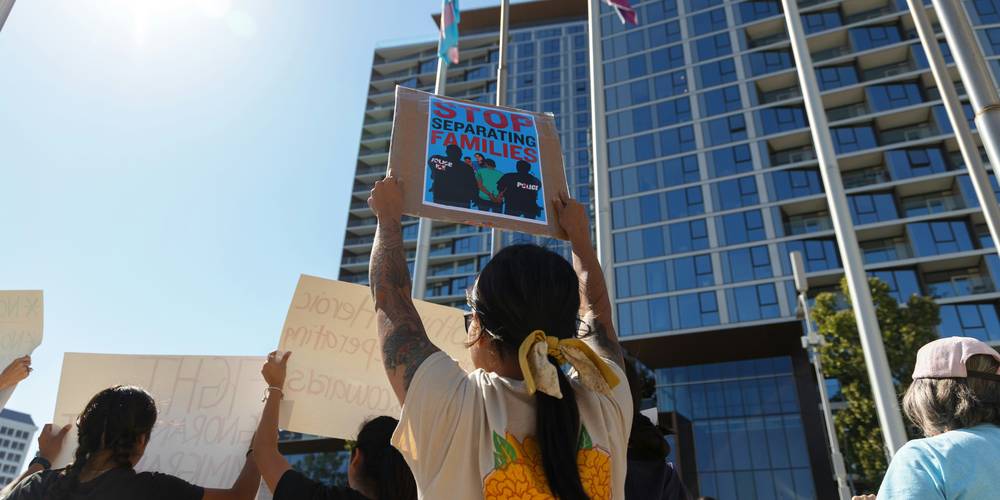1. What Counts as Retaliation
A landlord commits retaliation when they punish a tenant for engaging in legally protected activity.
Protected activities include:
- Requesting habitability repairs or pest treatment (habitability-standards/).
- Contacting building or health inspectors.
- Forming or joining a tenant union.
- Testifying against the landlord in court or an administrative hearing.
- Using repair-and-deduct rights under Civil Code § 1942.
Typical retaliatory moves include rent hikes, notices to quit, service reductions (e.g., shutting off laundry), or refusing to renew a lease shortly after you exercised one of the rights above. Example: you email the owner about black mold on May 1, and on June 10 you get a 30-day notice to vacate. Because the adverse act occurs inside the six-month window, California law presumes retaliation.
2. How to Prove a Landlord’s Motive
Evidence hinges on timing and documentation.
Courts rarely require a confession. Instead, they weigh circumstantial proof. High-value evidence includes:
- Time-stamped repair requests, emails, and certified letters.
- Inspection reports or code-enforcement case numbers.
- Text-message screenshots showing threats (“If you complain again, I’ll raise your rent”).
- Witness declarations from neighbors or maintenance staff.
- Sudden rent increase spreadsheets compared to historical patterns.
Stacking multiple items builds a persuasive timeline: Protected Act → Landlord Response → Harm to Tenant. The stronger the chronology, the easier the presumption sticks—especially within the first 180 days.
3. Notice & Timeline Rules
Day 0 marks your protected act; retaliation is presumed through Day 180.
Below is a simplified diagram:
Presumption Window
Tenant must prove motive
Different notices carry unique deadlines. Rent increases require 30- or 90-day written notice, while most eviction notices follow 3/30/60-day formulas. Delivery may be personal, substitute service, or “post & mail.” Always keep the envelope or certified-mail receipt to track service dates.
| Adverse Action | Minimum Notice | Common Errors |
|---|---|---|
| Rent Increase < 10 % | 30 calendar days | Wrong CPI math; mailed notice missing 5-day add-on |
| Rent Increase ≥ 10 % | 90 calendar days | Stacking multiple raises inside 12 months |
| Termination < 1 yr tenancy | 30 calendar days | Failing to use just-cause language where required |
| Termination ≥ 1 yr tenancy | 60 calendar days | Missing relocation-payment info in RSO cities |
4. Understanding the Safe-Harbor Period
Landlords can defeat the presumption by proving a legitimate, non-retaliatory reason.
Example: You were already two months behind on rent before you filed a mold complaint. An eviction based on non-payment may survive if the owner shows consistent enforcement of late policies against all tenants. Tenant counter-arguments include:
- Owner selectively enforces the rule only after complaints.
- Eviction notice exaggerates balance due or omits partial payments.
- Other tenants in arrears were offered payment plans instead of eviction.
Keep detailed ledgers and communications to poke holes in any claimed “legitimate” motive.
5. Damages & Statutory Penalties Explained
Civil Code § 1942.5 lets courts award statutory penalties of $100–$2,000 per retaliatory act, plus actual and sometimes punitive damages.
Actual damages may include:
- Hotel bills if forced to move temporarily.
- Moving costs and higher rent at a new unit.
- Lost wages for court attendance.
Stacking is common: three separate rent-hike notices could net up to $6,000 in statutory penalties alone. Attorney fees often follow when litigation occurs in superior court, but they are unavailable in most small-claims matters.
Retaliation Claim Worth Estimator
Estimated Statutory Damages: $1,000
Combined Total Recovery: $1,000
Disclaimer: This tool is informational only. Actual awards vary by court.
6. Filing Suit: Small-Claims vs Superior Court
Choose the venue that matches your claim size and desired relief.
Small-Claims Court handles disputes up to $12,500 with low filing fees ($15–$75) and no attorneys. File Form SC-100, serve the landlord, and expect a hearing in 30–70 days. You cannot request injunctions, but you can recover statutory and actual damages. Learn more in dispute-resolution/.
Superior Court is required for claims above the cap, punitive damages, or when you seek injunctions to stop ongoing harassment. Filing fees start at $225. Attorney representation is usual, but fee-shifting under §1942.5 can make the landlord pay if you prevail.
Be prepared for the landlord to file an anti-SLAPP motion if your lawsuit allegedly chills free speech—common when you complained publicly. Courts generally deny anti-SLAPP in pure retaliation cases tied to housing habitability, but be ready with case citations.
7. Local Rent Boards & Administrative Paths
Major rent-control cities offer administrative complaints that may be faster and cheaper than court. For example:
- Los Angeles Housing Dept. (LAHD) hears harassment claims and can levy fines.
- San Francisco Rent Board offers wrongful eviction hearings with restoration orders.
- Oakland RAP can roll back illegal rent hikes and impose civil penalties.
While decisions may cap monetary recovery, they often provide quick injunctions to stop retaliation. You can still sue in court for additional damages afterward.
